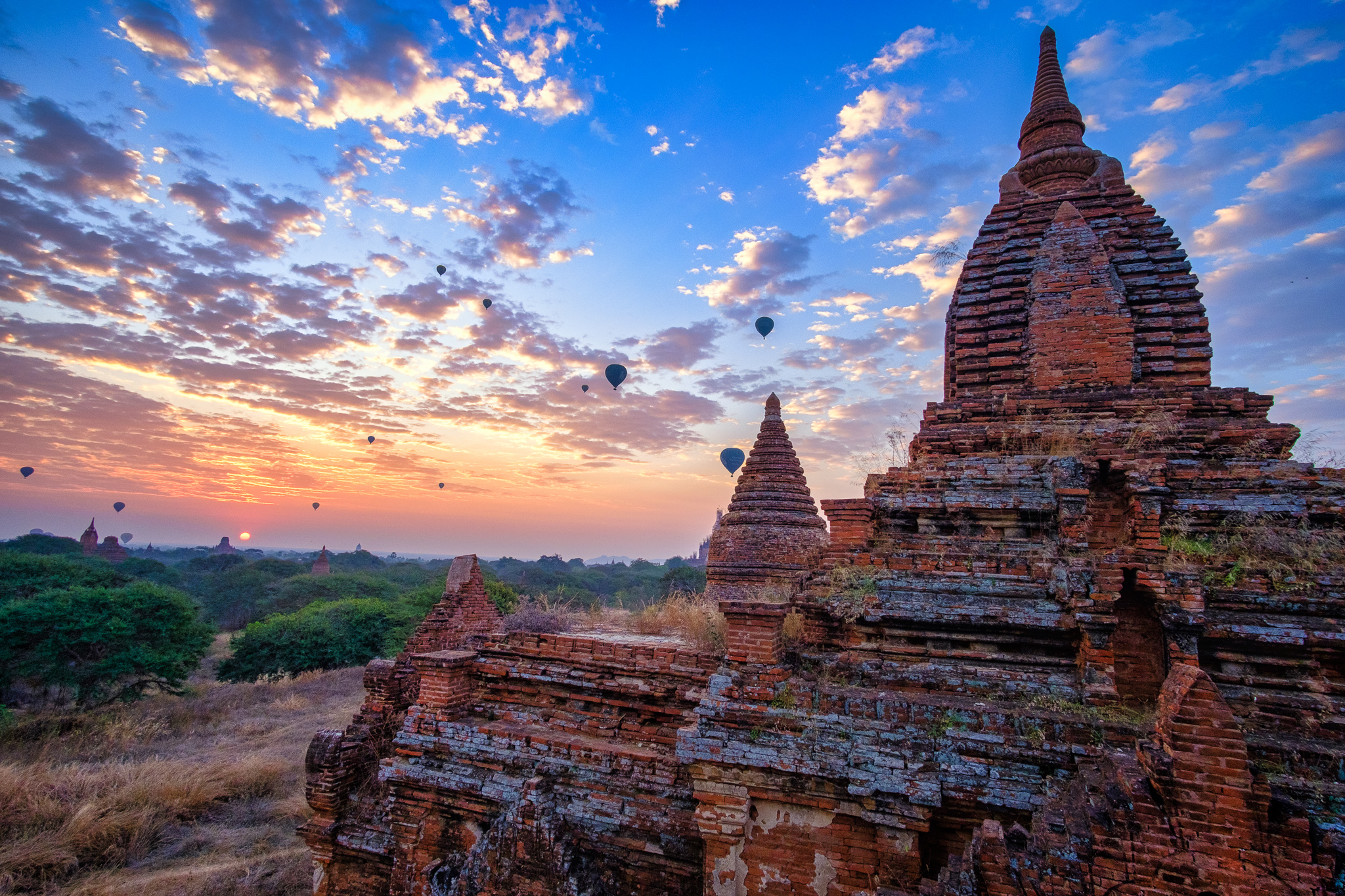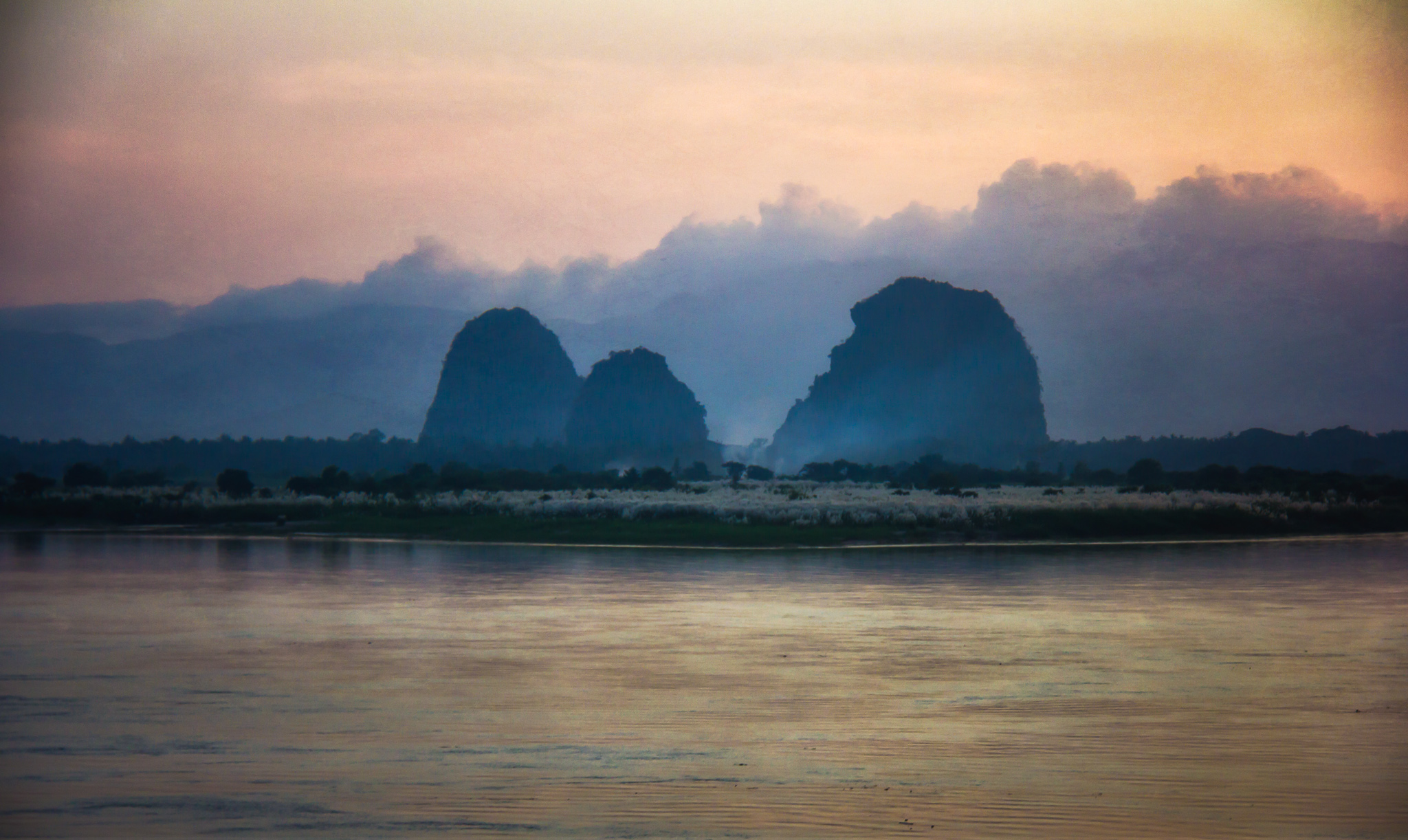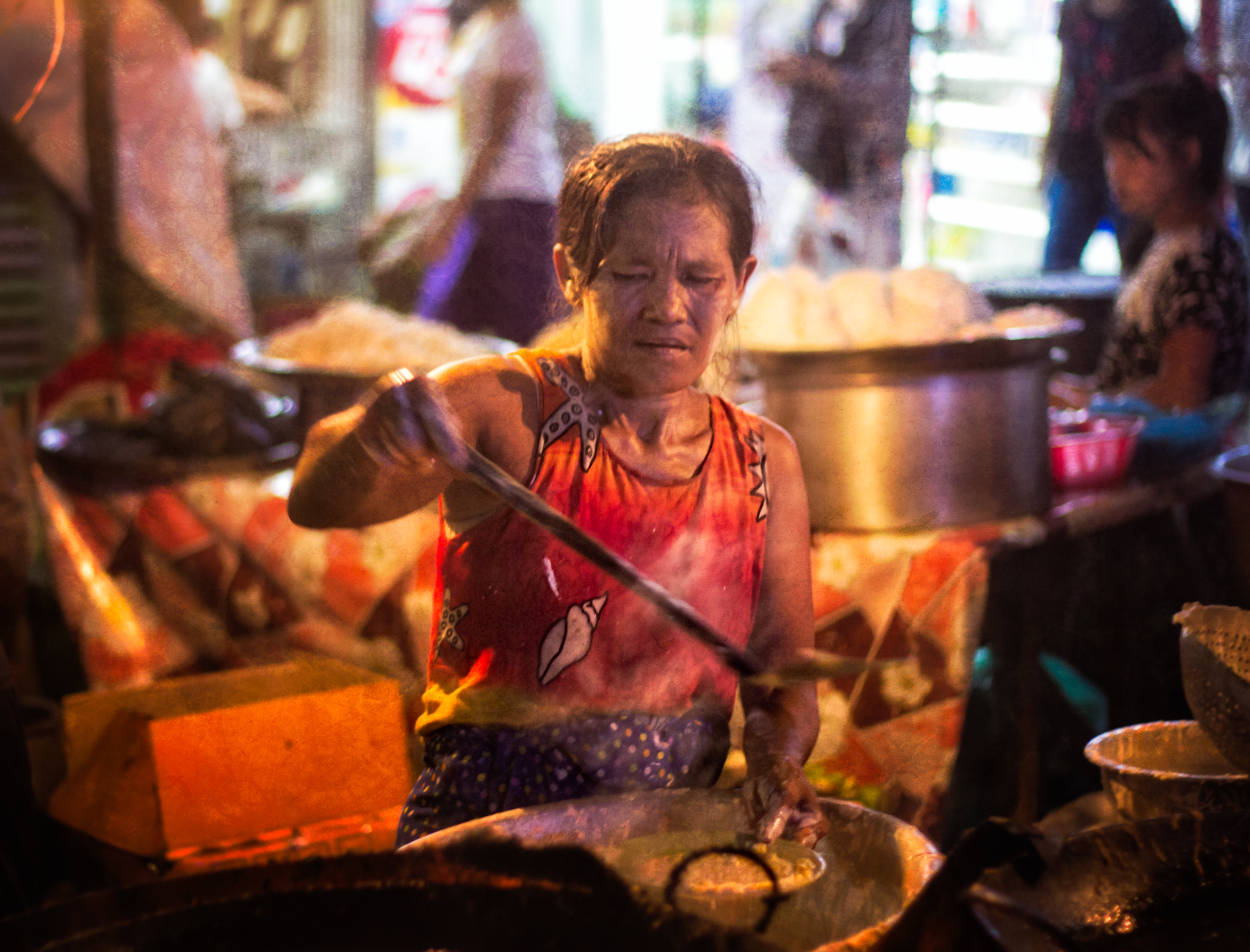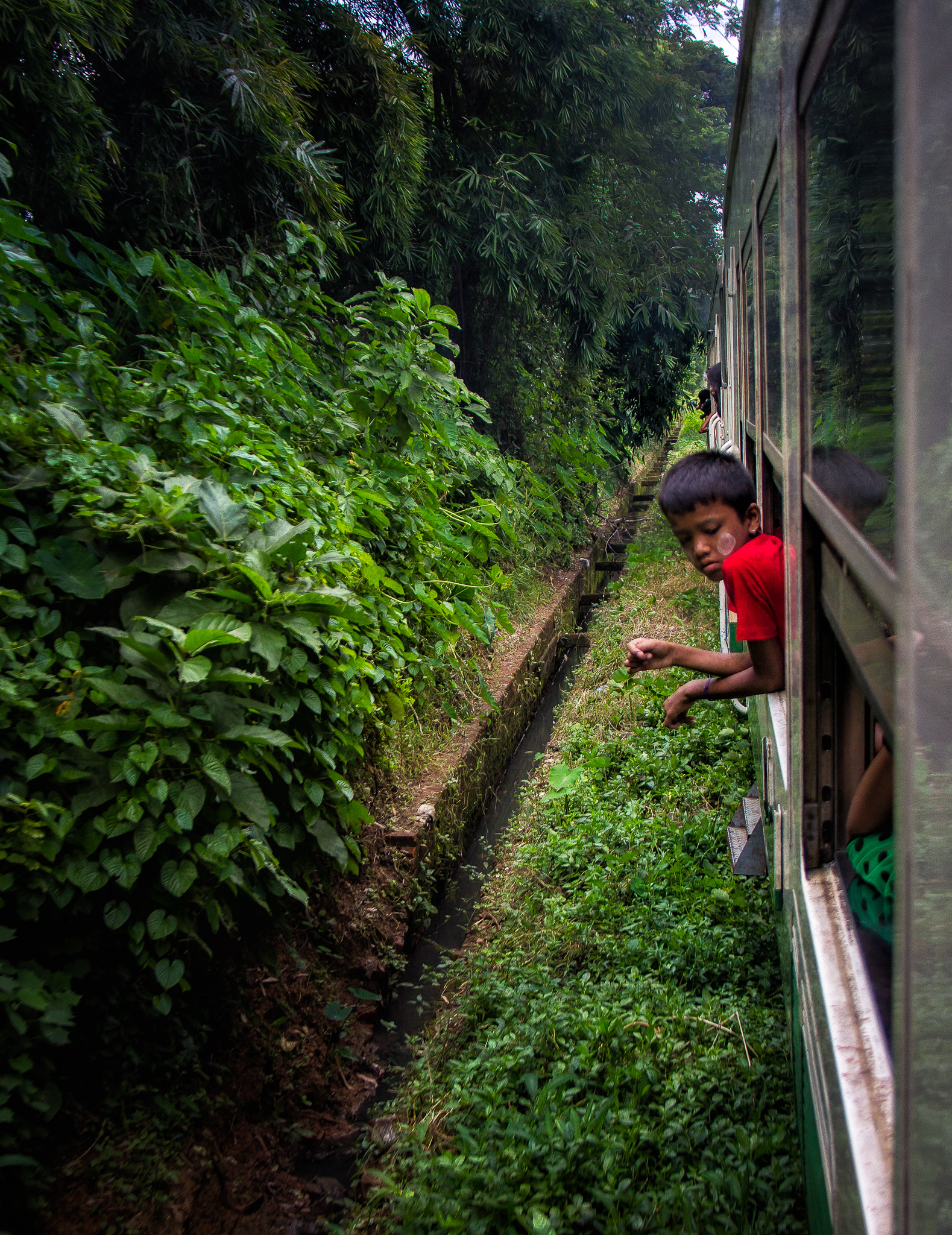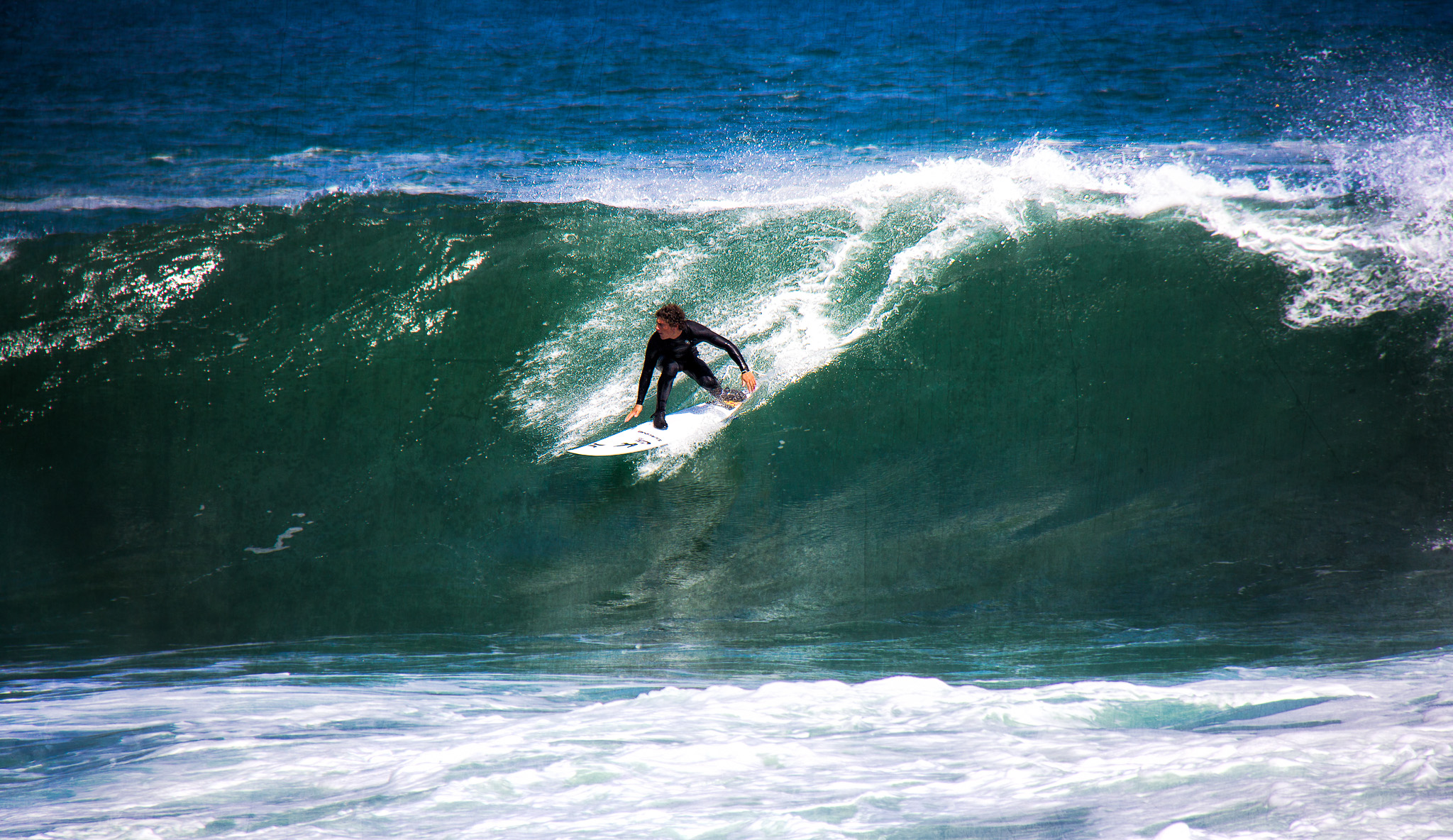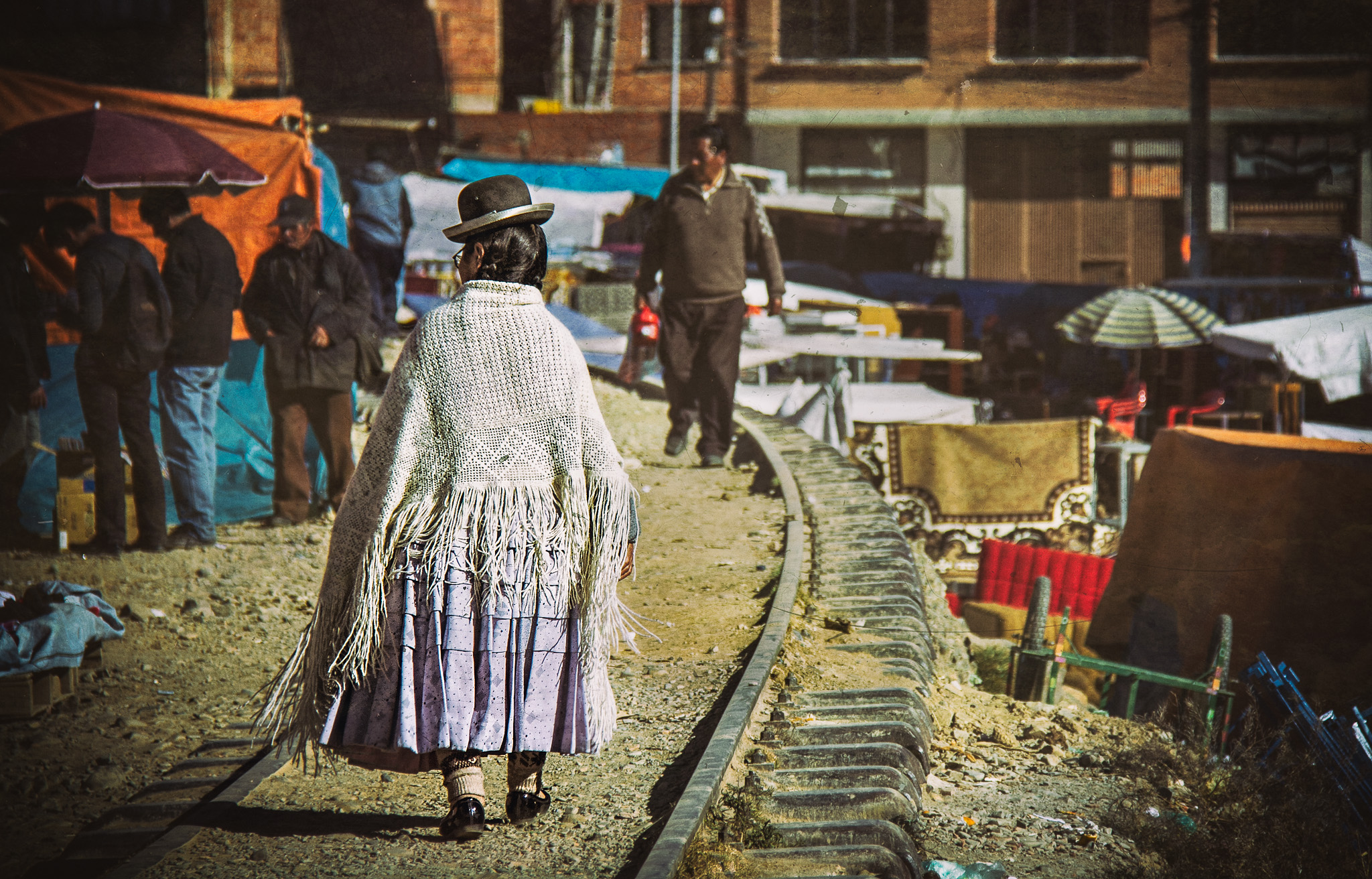Bagan is the most known place in Myanmar. Pictures of air balloons towering over the remains of thousands of temples and pagodas have become a standard for the many tourists who visit the ancient city. Even those not in the habit of waking up early will find the experience of catching the sunrise worth it.
The place and the atmosphere are no doubt unique. The never-ending temples open themselves up one after another along the plains. It can make you wonder how much energy and commitment has gone into the construction of over 4,000 sites between the 11th and 13th centuries. Not surprisingly, that energy and where it came from provides a strong sense of pride for many in the country.
Owing to the nascent stage of the country’s tourism industry, one can still find a sense of harmless adventure by zipping around on dusty roads in a rented e-scooter. Several years of living in Myanmar have taken me to Bagan multiple times. But only a few weeks ago was my first visit properly equipped with a camera and an above-average sense of curiosity. This was also the first time I took my new wide camera lens out for some air, which was pretty handy in tighter corners in between temples. (For those interested, the lens used for the wider shots is the 12 mm Rakinon).





